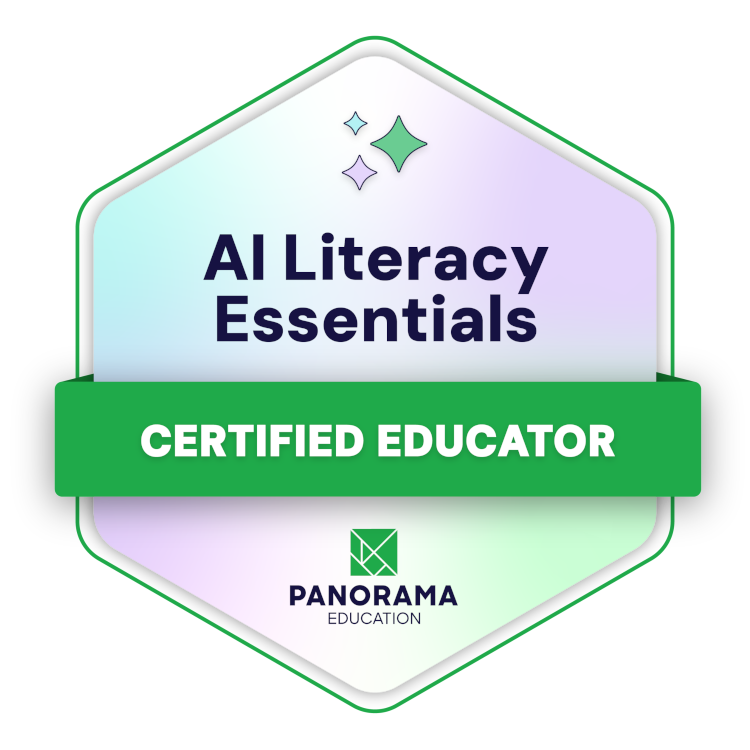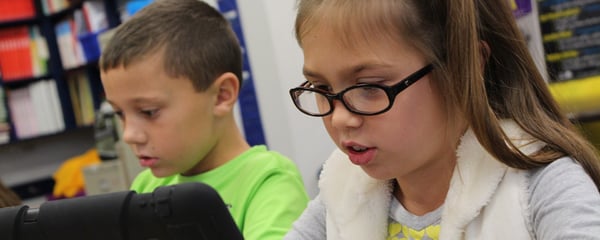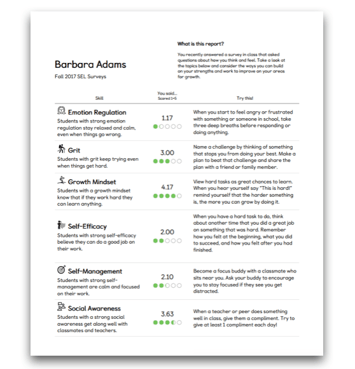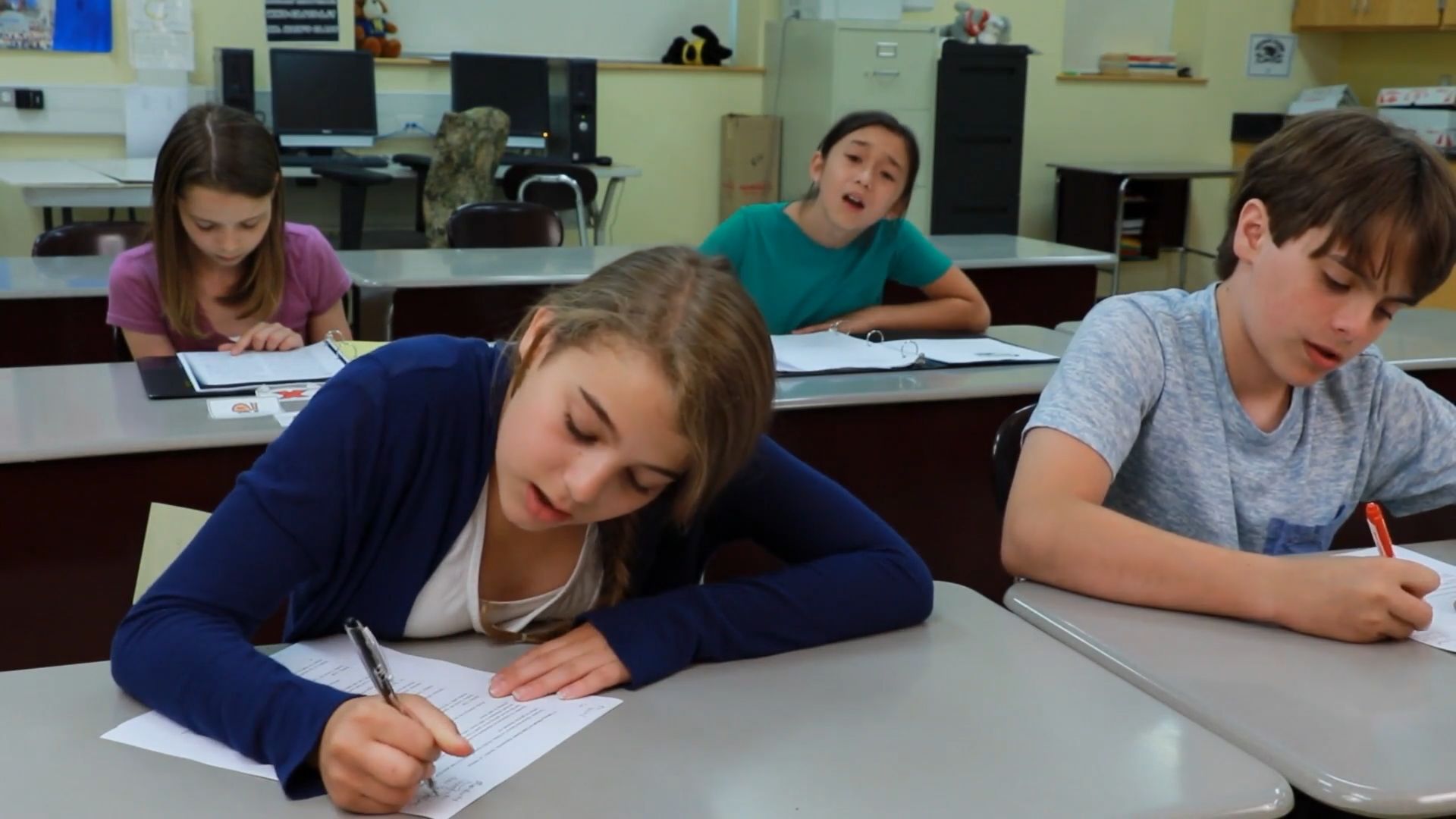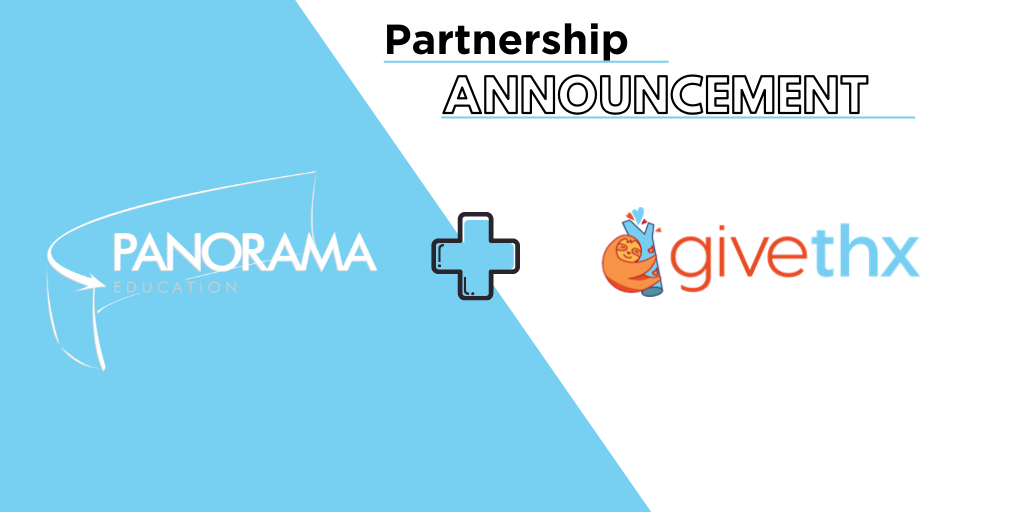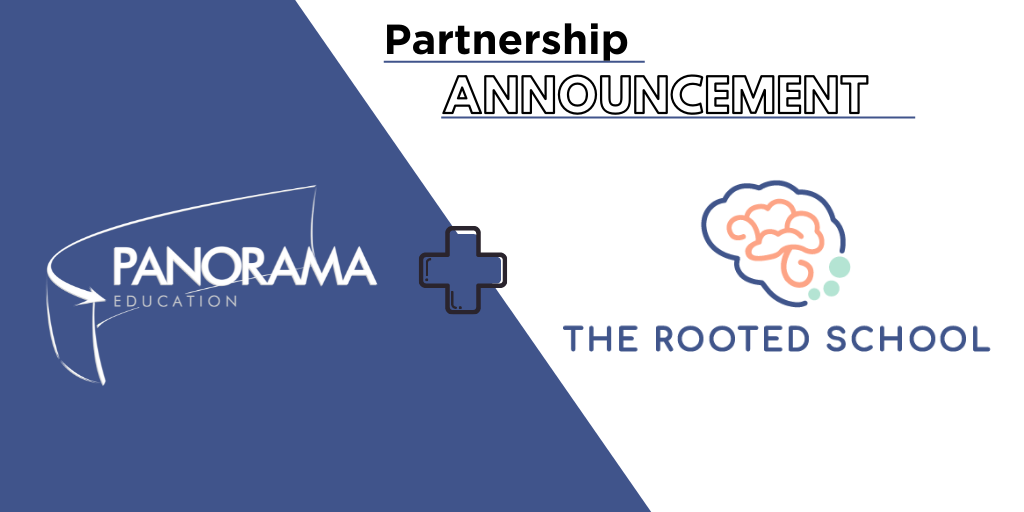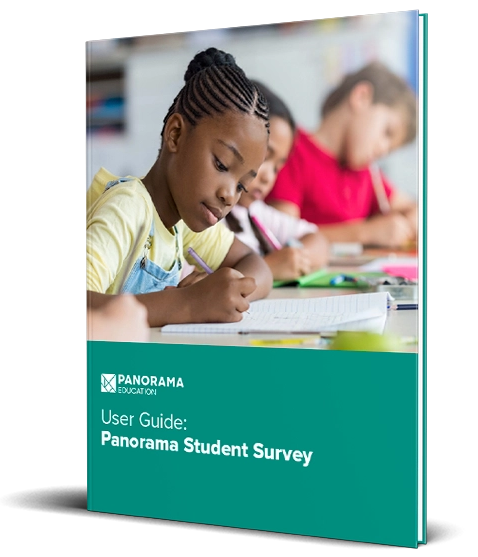In our work with schools and districts, Panorama helps educators use student voice data to better understand the strengths and needs of their students. Many districts use life skills surveys for district- and school-wide data inquiry and continuous improvement processes and to set targeted goals around students' development.
Increasingly, we're finding that school leaders and teachers are interested in sharing this data directly with students. Discussing life skills data with students promotes a deeper understanding of what is measured, what these skills mean, and what students can do to improve. Drawing from our work with school districts nationwide, we've created a brief guide for sharing life skills data with students.
Why Share Life Skills Data With Students?
Following up on your student surveys by sharing the data with students builds student investment in the measurement process. First, it signals that their survey responses matter and will encourage thoughtful reflection in the future. Second, it gives students an opportunity to reflect and make a plan to adjust their behavior and attitudes.
Life skills data is not the same as academic data, so it's important to thoughtfully approach conversations with students about their own results or the results for the class. I invite you to use or modify the strategies and guiding questions below for one-on-one meetings or a whole class reflection activity.
Method 1: Discuss Survey Results in One-on-One Meetings
Overview: Print individual students' reports. While students are engaged in an activity, pull students aside one by one to discuss their results. This distribution method allows for you as the teacher or counselor to have tailored conversations with each student.
Strategies and Guiding Questions:
- Start by framing the conversation about these reports. Share with your student how life skills help the student become a stronger learner. Remind them what was measured and talk about why is it important in the classroom and outside the classroom.
- Share the results and give the student a moment to read the report.
- Ask the student about his or her initial reactions when they see their data. This is an opportunity to reinforce that the survey was not a test if the student suggests they failed or had a wrong answer.
- Highlight two areas of strength for the student. What are some concrete examples that you have observed and that support this data that you can share with the student? Note: Be sure to contextualize the reports. The highest score is not always the student’s strongest area!
Example: “I see growth mindset is one of your strengths. I see you demonstrate growth mindset on a daily basis when you strive to finish every math problem.” - Highlight two areas of growth for the student. What are some concrete examples that you have observed and that support this data that you can share with the student? Note: Be sure to contextualize the reports. The lowest score is not always the student’s area that needs the most growth!
Example: “Growth mindset is an area in which you can continue to grow. Sometimes I see you skip the difficult problems on your homework without trying them.” - Create an individual growth goal with the student. What are actionable ways the student can work towards the growth goal? How will we work together to measure progress towards the goal?
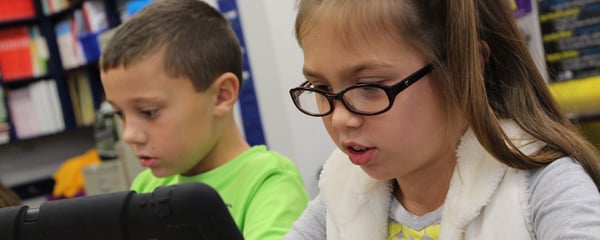
Method 2: Reflect on Life Skills Data as a Whole Class Activity
Overview: Bring the class together to distribute reports and facilitate a group conversation. This method allows for class-wide brainstorming on the importance of social growth and self reflection on individual reports.
Strategies and Guiding Questions:
- Start by framing the conversation. How does this data help students become stronger learners? What was measured and why is it important in the classroom? Why are these measures important outside of the classroom?
- Highlight an area of strength for the class as a whole. What are some real-life examples that can be shared of people exemplifying this measure? Why should the class be proud that this is a strength of theirs? Be sure to address the fact that some students’ strengths are others’ weaknesses and vice versa.
Example: “I remember when our class started the unit on types of energy. Many of us felt like it was going to be really hard to learn the characteristics of different types of energy. But you had a growth mindset and stuck with it, and guess what? You learned so much!"
- Highlight an area of improvement for the class as a whole. Why is it critical to improve on this specific measure? What do we risk if we don’t improve on this measure?
Example: “As a class, we can improve our growth mindset. It is critical to improve this so we can continue grow as individuals. If we choose not to improve in using a growth mindset, we risk not believing we can learn or get better at a new skill.” - Form small groups or pairs for students to collaborate on individual improvement plans. What can students do as individuals to grow in this area?
By approaching conversations about survey results with care and a spirit of collaboration, students feel ownership over their own growth in social awareness, self-management, growth mindset, and other competencies. I hope these conversations bring you and your students closer together.
Let us know about your data discussions with students! Connect with us on Twitter @PanoramaEd.

